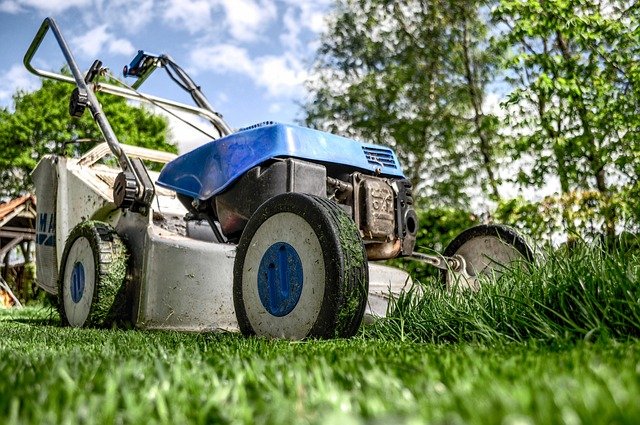Minimizing dust and allergens while clearing foliage
Managing airborne dust and allergens during yard and garden cleanup requires a practical approach: choose the right equipment, adjust techniques, and plan for seasonal conditions. This article outlines methods that reduce particulate spread while still clearing debris and preparing mulch effectively.

Clearing foliage from a garden or yard can stir up dust, pollen, and other allergens that affect air quality. Thoughtful technique and equipment selection help limit airborne particles while keeping cleanup efficient. This article explains how airflow, tool choices, and handling of debris and mulch influence dust spread, and offers practical tips on maintenance, ergonomics, noise, storage, and seasonal planning to reduce exposure and disruption.
How can airflow and efficiency reduce dust?
Controlling airflow means directing moving air so it carries debris away from breathing zones and delicate plantings. Use lower speed settings when possible to reduce turbulence; high-speed blasts pulverize dry leaves and mulch into fine particulates. Aim the nozzle at a low angle to slide debris rather than toss it into the air. Pair blower use with short bursts and slower passes to increase efficiency while minimizing re-entrainment of dust. On windy days, avoid blowing directly toward neighbors or open windows to reduce allergen spread across your yard or nearby properties.
What role do garden and yard cleanup practices play?
Good cleanup is more than the tool you use: it’s how you use it. Begin by moistening very dry leaves or dusty areas lightly with a mist to settle particles before blowing. Work from higher to lower areas and consolidate debris into piles for collection rather than repeated passes. Rake or sweep sensitive zones, such as patios or play areas, after blowing to pick up remaining particulate matter. Thoughtful sequencing — tackling borders, then beds, then open turf — can limit how often loose debris is put back into suspension.
How do mulch and debris handling affect allergens?
Mulch type and handling matter for allergy control. Fresh, coarse mulch tends to produce less dust than finely shredded material. When redistributing mulch, avoid over-drying; slightly moist material sheds less. Consolidate debris quickly into sealed bags or compost bins to prevent prolonged exposure and decomposition that can release spores. For seasonal cleanups, remove wet, compacted leaf layers that trap mold and fungal spores. Proper disposal or composting at the right temperature and conditions reduces the persistence of allergenic material in your yard.
Which power options: battery, cordless, electric, gas?
Power choice affects emissions, noise, and airflow performance. Cordless battery and electric models produce no direct exhaust and typically offer quieter operation and more controllable airflow, which helps reduce dust dispersal in delicate situations. Gas models often deliver higher raw power useful for heavy debris but can create stronger turbulence and emit fumes. For many residential garden and yard cleanup tasks, a battery-powered or electric blower balances efficiency and lower airborne impact; however, selection should match the scale of debris and the desired control over airflow and runtime.
What maintenance, ergonomics, and storage steps help safety?
Regular maintenance keeps tools running smoothly and reduces unintended dust production. Clean air intakes and replace filters on electric and battery models as recommended; service carburetors and spark plugs on gas units. Ergonomics—using harnesses, adjustable handles, and securing batteries properly—reduces operator fatigue, limiting careless movements that stir extra dust. Store equipment in a dry, ventilated area to prevent mold growth on attachments and in collection bags. Routine inspection of nozzles and attachments helps maintain consistent airflow patterns that minimize particulate clouds.
How does noise and seasonal timing affect results?
Noise considerations influence when you can operate blowers with minimal community impact. Quieter battery and electric options allow more flexible timing while also enabling gentler airflow settings that reduce dust. Seasonal timing is important: do major cleanups after rains when leaves are damp, or mist areas beforehand during dry spells. In spring and fall, when pollen and spores are abundant, minimize high-turbulence methods and consider manual raking in sensitive zones. Sustainability choices, such as selecting electric or battery tools and reducing repeated passes, lower emissions and cumulative disturbance.
This article is for informational purposes only and should not be considered medical advice. Please consult a qualified healthcare professional for personalized guidance and treatment.
Well-executed cleanup balances efficiency with care for air quality. By adjusting airflow, using appropriate power options, and adopting thoughtful handling, storage, and maintenance practices, you can reduce dust and allergens while keeping garden and yard debris under control across seasons.






